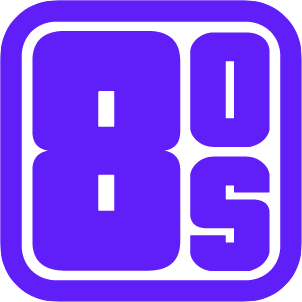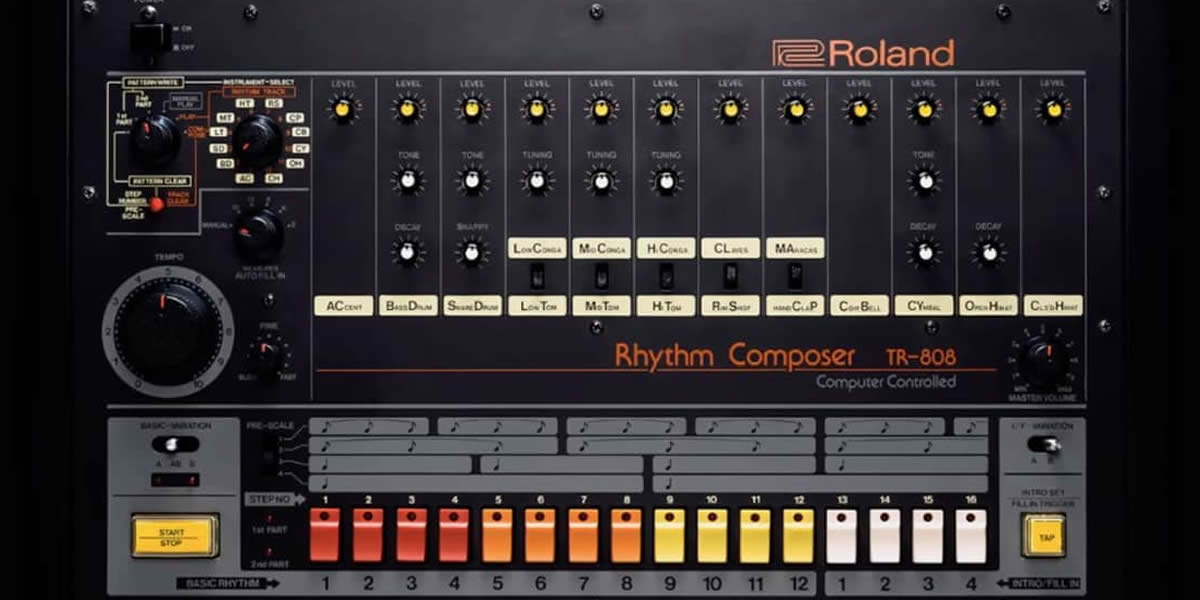No piece of audio equipment was more impactful on digital music in the 80s than that of the Yamaha DX7 music synthesizer.
The Yamaha DX7 was released back in 1983 and is considered to be one of the most significant musical instruments of the 80s. This popular synthesizer helped to revolutionize the music industry and change digital music in the 80s. Its ability to produce a wide range of sounds from electronic piano tones to brass and string simulations, made it the perfect choice for producing synthesized music during the decade. It became a staple in all genres of music including rock, pop, and of course, electronic. The DX7 provided a distinctive sound that can be heard in countless chart-topping hits throughout the decade.

The Rise of the Yamaha DX7 in Digital Music in the 80s
Naturally, the 80s were a time of rapid innovation and technological change. This is especially true in the music industry, as most genres began to shift towards electronic soundscapes. With the help of MTV, the popularity of synthesizers and synthesized music began to grow. There was an increased demand for the use of computers in the production of music. And, the Yamaha DX7 provided listeners with exactly what they were looking for.
The device featured a groundbreaking FM synthesis technology, which offered musicians and producers a whole new way to create sounds. When other synthesizers were focused on creating MIDI sounds, the quality of the synthesized music produced by the Yamaha DX7 was considered far superior. Due to its more affordable price, and availability, the synthesizer quickly became one of the most popular options in the industry.
Yamaha DX7 – Digital Music in the 80s and the Rise of 80s Hip-Hop
80s hip-hop helped to propel digital music in the 80s. And, the Yamaha DX7 played a central role in this trend. The unique features and capabilities made the DX7 a trendsetter in the music industry during the early parts of the decade
Digital Music in the 80s Sound Synthesizers
The most revolutionary feature of the Yamaha DX7 was its use of FM synthesis. This was a method of sound generation that allowed for a more complex and more realistic tone when compared to other traditional forms of analog synthesis. The system which John Chowning developed, allowed Yamaha to produce a wide variety of sounds from bells and mallets to lush and evolving textures. It gave musicians access to sounds that were previously very difficult to replicate. At the same time, the Yamaha DX7 provided musicians with an array of entirely new and futuristic tones.

Chart-Topping Hits with Digital Music in the 80s
Naturally, the Yamaha DX 7 became a key instrument in helping to shape digital music in the 80s. It sounds appeared on countless hits across multiple genres during the decade. It featured a very distinctive electric piano sound, which was often referred to as the DX7 Rhodes. And, this sound was featured in iconic tracks like What’s Love Got to Do with It and Saving All My Love for You. The sound itself became a hallmark of 80s ballads, pop tracks, and of course, smooth jazz.
The Rise of Loops
The release of the Yamaha DX7 was part of a large trend with digital music in the 80s. Unlike the analog synthesizers of the 70s, the DX7 used algorithms to produce its tones. This shift towards digital synthesis represented a broader movement in the music industry. Musicians wanted better precision, wider sonic pallets, and better control. The Yamaha DX7 provided them with what they needed. There was even a MIDI port built into the synthesizer, which allowed musicians and producers to interface the DX7 with a wide array of other electronic instruments and computers. This made it the perfect studio tool as well.
The Innovators Behind Digital Music in the 80s
Countless musicians helped to propel the success of digital music in the 80s. The Yamaha DX7 helped to cement its place in this era. Musicians like Brian Eno, Herbie Hancock, Phil Collins, and even Michael Jackson were known to use the Yamaha DX7 in order to craft unforgettable melodies and textures in their music. They embraced the ability of the synthesizer to blend a wide array of acoustic and electronic sounds into some of the most amazing compositions.
How the Yamaha DX7 Shaped Digital Music in the 80s
Without question, the Yamaha DX7 had a profound cultural impact on digital music in the 80s. It was an extremely affordable and easily accessible digital synthesizer, which helped to make it one of the most popular options on the market. The sounds became so ubiquitous that they are still instantly recognizable in pop music today.
The influence of the DX7 can be seen in modern digital synthesizers today. Although most modern synthesizers are software-based, it was the introduction of FM synthesis that helped to open the door to a whole new world of sound possibilities. And, because of the popularity of the DX7 Rhodes sound, many software synthesizers have piano plug-ins in order to re-create that same sound using modern-day computer technology.

Conclusion
In the end, the Yamaha DX7 was considered to be one of the most iconic digital synthesizers of all time. It is highly celebrated for its innovation and versatility in the music industry. And, it played a central role in reshaping the sound of 80s music. The DX 7 helped to define digital music in the 80s and genres like rock, pop, and electronic. Its use of FM synthesis completely redefined what was possible in the 80s music industry.





